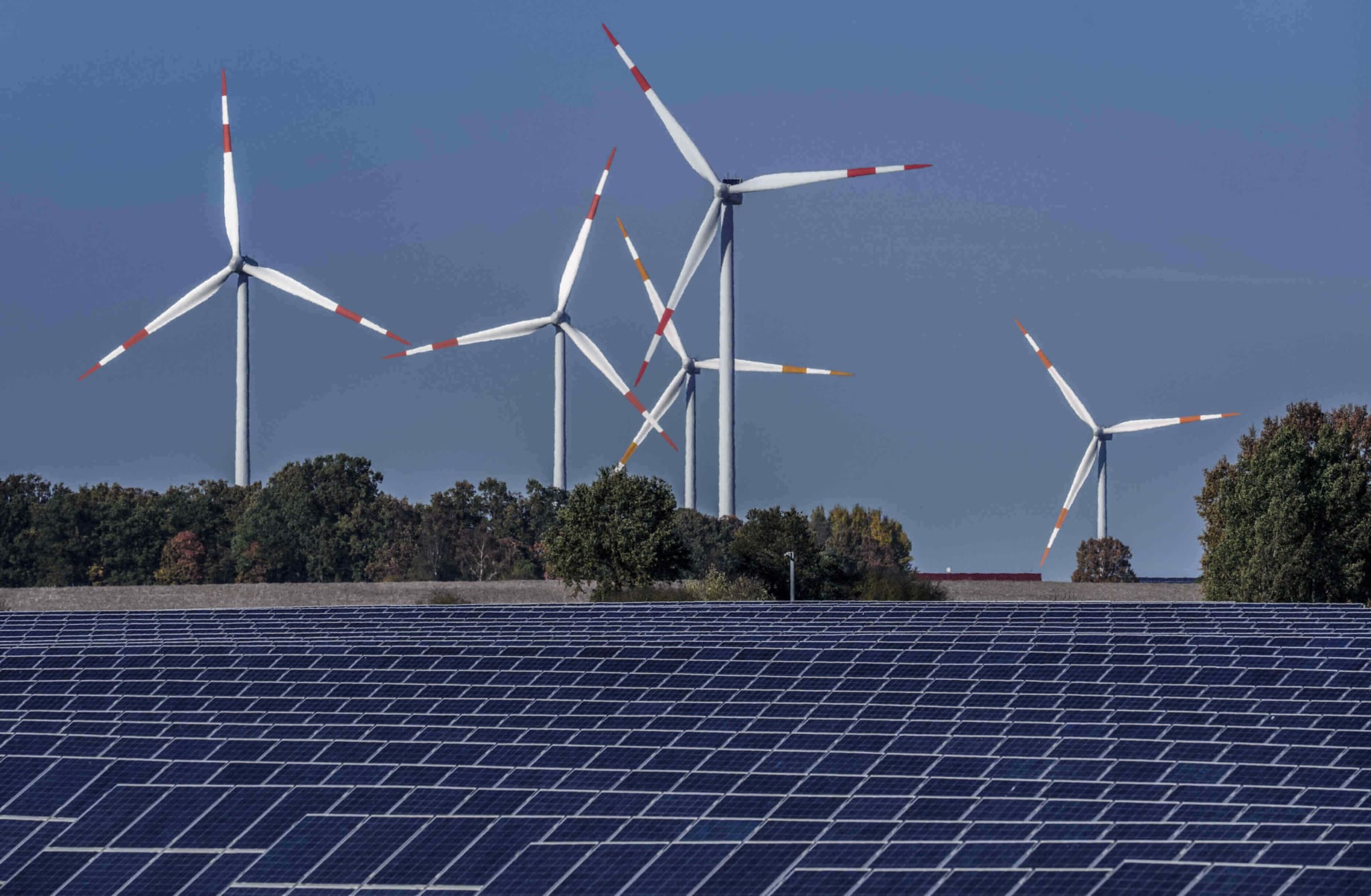The future of the Polish energy sector over the next several years will involve moving away from coal while at the same time making significant investments and supplying cheaper electricity, the country’s updated energy strategy says.
The draft document, obtained by the Rzeczpospolita media outlet, outlines the planned energy investments and changes to the country’s energy mix. The Ministry of Climate and Environment prepared the plans, and the government may consider the document as early as April 4.
Poland’s energy policy is supposed to determine how much energy will ultimately come from various sources in the coming years, with renewable sources set to significantly increase.
According to the new assumptions, in seven years, wind power on land and at sea, as well as solar energy, will cover almost 47 percent of the demand for electricity, while it only amounted to 17 percent in 2022.
Starting in 2035, nuclear power will also begin to play a significant role in Poland’s energy mix. By 2040, renewable energy sources and nuclear power should account for 50.8 percent and 22.6 percent, respectively, of Poland’s market share.
The new strategy will also reduce coal’s role. By 2040, it is expected to account for only 8 percent of Poland’s energy sector, with renewable energy sources (RES), such as wind, solar and biomass, and nuclear power taking the majority of the market share. The current plans, prior to the update, anticipate that coal will account for 11.3 percent of energy production in Poland by 2040.
Currently, according to the International Energy Agency, coal is used to produce around three-quarters of electricity in Poland and over 40 percent of total energy production, including fuel consumption in transport.
The plan to move away from coal will be synchronized with the schedule for closing Polish mines and require significant investments in new power generation capacity, including offshore wind farms and nuclear power plants with an expected cost of nearly €156 billion (730 billion zloty).
The document states that in 2040, the production of energy will reach 243.6 TWh, of which, among others, offshore wind farms are supposed to deliver 43.7 TWh (18 percent), onshore wind 34.1 TWh (14 percent), photovoltaics 29 TWh (12 percent), so-called large nuclear energy 39.6 TWh (16.3 percent), small nuclear power plants15.4 TWh (6.3 percent), and biomass and biogas 14.3 TWh (5.8 percent).






